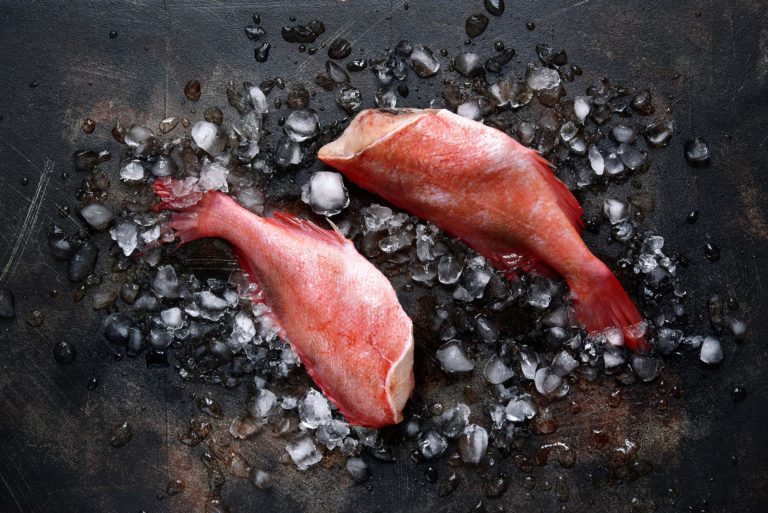My childhood food memories are full of bagels and cream cheese. My mom worked at a bakery one street from our house in Bar Harbor, so on summer and weekend mornings my brother and I slinked through the neighbor’s backyard to get breakfast.
While tempted by other flaky, buttery offerings, my go-to order was a cheddar bagel with maple walnut cream cheese. That combo might not be to everyone’s taste, but it illustrates how the sum parts—chewy dough and a rich cheese spread—leave an impression on a palate.
It’s a classic pairing today, but bagels and cream cheese–based schmears (which literally means “to spread” in Yiddish) come from different roots.
Food historians generally agree that while personally sized round breads have been known to exist from China to Italy to Syria for many hundreds of years, bagels as we know them originated circa 1610 in Poland from within the large Jewish population living there. As part of a 19th-century mass emigration to America, Eastern European Jews brought with them a love for and deep knowledge about bagels.
American cream cheese sprung from the dairy farms of upstate New York in the late 1800s, credited to a farmer named William Lawrence. Over time, other dairies in the Northeast began producing cream cheese to the enjoyment of eaters (and bakers) throughout the U.S. Springdale Farm Creamery in Waldo and Casco Bay Creamery in Westbrook are two outfits making cream cheese in Maine today.
Schmears didn’t start spreading across the bagel world, though, until sometime between 1920 and 1930. Rising to fame in New York, the bagel and schmear combination, often topped with briny lox or sharp whitefish, has since become wildly popular across the country.
A schmear differs from a block of cream cheese because of what else might be in the mix. Spreadable and rich, schmears involve combining cream cheese with other ingredients to create a smoother, creamier texture. Rose Foods on Forest Avenue in Portland makes schmears similarly to how a traditional Jewish deli in Brooklyn would do it. Owner Chad Conley says he whips all schmears (those that also include herbs, olives, horseradish, and lox) for a fluffier, lighter product. Cathy Barrow, author of Bagels, Schmears, and a Nice Piece of Fish, says her favorite schmear consists of sour cream, lemon juice, and cream cheese, mixed to get a bright, silky spread.
As far as flavored schmears go, there are the classics, like plain, veggie, chive, and olive, and then there are others that include everything from capers, onions, and dill to bacon, blueberries, and maple syrup.
Barrow suggests the correct proportion of cream cheese to add-ins hovers roughly around eight ounces of cream cheese to a half cup of additional ingredients.
There is also, of course, the matter of the proper schmear to bagel ratio. Although preferences range widely, Robin Ray from Maple’s Bakery in Yarmouth says that, after years of trial and error, she believes one ounce of schmear per side of bagel is the ideal balance of bread to cheese.
“It’s the perfect amount for you to still taste the delicious bagel and eat it without making a huge mess.”
It doesn’t matter if they are paired together on your plate in the morning, afternoon, or night—bagels and schmears deserve each other.













